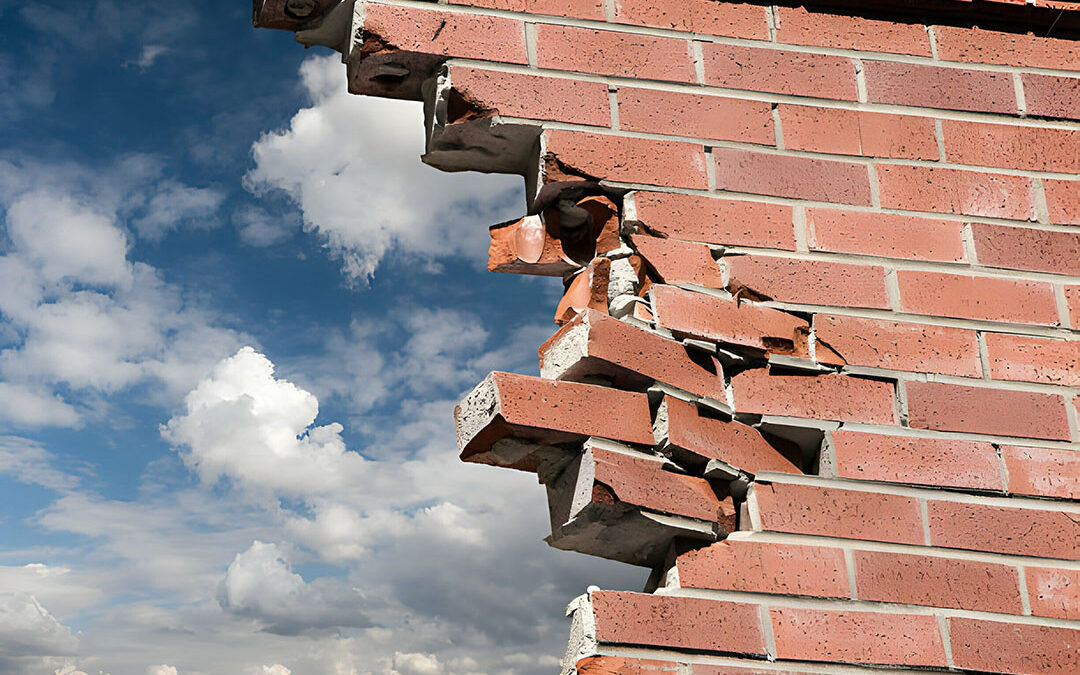Sustainable construction is an essential aspect of urban development in the modern world. As cities expand and population increase, the need for environmentally friendly building practices becomes crucial. Melbourne, one of Australia’s largest cities, faces this challenge as it strives to create a sustainable and livable environment for its residents. Bricklaying, a traditional construction technique, can significantly influence this endeavor. This article discusses how environmentally friendly bricklaying practices contribute to sustainable building in Melbourne.
1. Energy Efficiency:
One of the main advantages of using bricks in construction is their excellent thermal insulation properties. As Melbourne experiences both hot summers and cold winters, energy efficiency becomes crucial in reducing the reliance on heating and cooling systems. Bricks’ ability to regulate temperature helps maintain a comfortable indoor environment throughout the year, reducing excessive energy consumption. By using bricks, buildings can achieve higher energy efficiency ratings, reducing energy costs and lowering carbon emissions.
2. Durability and Longevity:
Bricklaying techniques have been refined over centuries, resulting in structures known for their durability and longevity. In a sustainable context, this is highly advantageous as it reduces the need for frequent repairs and replacements, minimizing material waste and resource consumption. Buildings constructed using bricks can withstand harsh weather conditions, including storms and earthquakes, ensuring longevity and minimizing the environmental impact of constant rebuilding.
3. Recyclable and Low Embodied Energy:
Bricks are made from natural materials such as clay and shale, which are abundant and locally sourced. This reduces the need for long transportation distances and the associated carbon emissions. Moreover, bricks are recyclable, which can be crushed and reused in new construction projects. This significantly reduces the demand for virgin materials, conserving natural resources and minimizing waste generation. The low embodied energy of bricks further contributes to their sustainability, as their production requires less energy than other construction materials like concrete or steel.
4. Water Efficiency:
Water scarcity is a growing concern in many parts of the world, including Melbourne. Bricklaying practices can help address this issue through water-efficient construction techniques. For instance, using mortar additives that enhance workability and reduce water content can significantly reduce water usage during bricklaying. Additionally, bricks can absorb and release moisture, which helps regulate building humidity levels. This natural moisture control reduces the need for artificial cooling systems and saves significant amounts of water in the long run.
5. Reduced Waste Generation:
Bricklaying techniques promote efficient use of materials, resulting in minimal waste generation. Bricks can be easily cut and shaped to specific dimensions, reducing the amount of excess material that goes to waste. Additionally, the reusability of bricks allows for the salvaging of old bricks from demolished structures, further reducing waste. Bricklaying also employs precise construction methods, minimizing errors and ensuring materials are used efficiently. This focus on waste reduction helps Melbourne achieve its sustainability goals by reducing landfill waste and conserving valuable resources.
Bricklaying practices play a vital role in sustainable construction in Melbourne. The energy efficiency, durability, recyclability, water efficiency, and waste reduction associated with bricklaying contribute to creating environmentally friendly buildings. As Melbourne continues to grow and develop, incorporating these practices into construction projects will be crucial in achieving a sustainable and livable city for future generations. By recognizing the role of bricklaying in sustainable construction, Melbourne can pave the way for a greener and more resilient urban environment.

